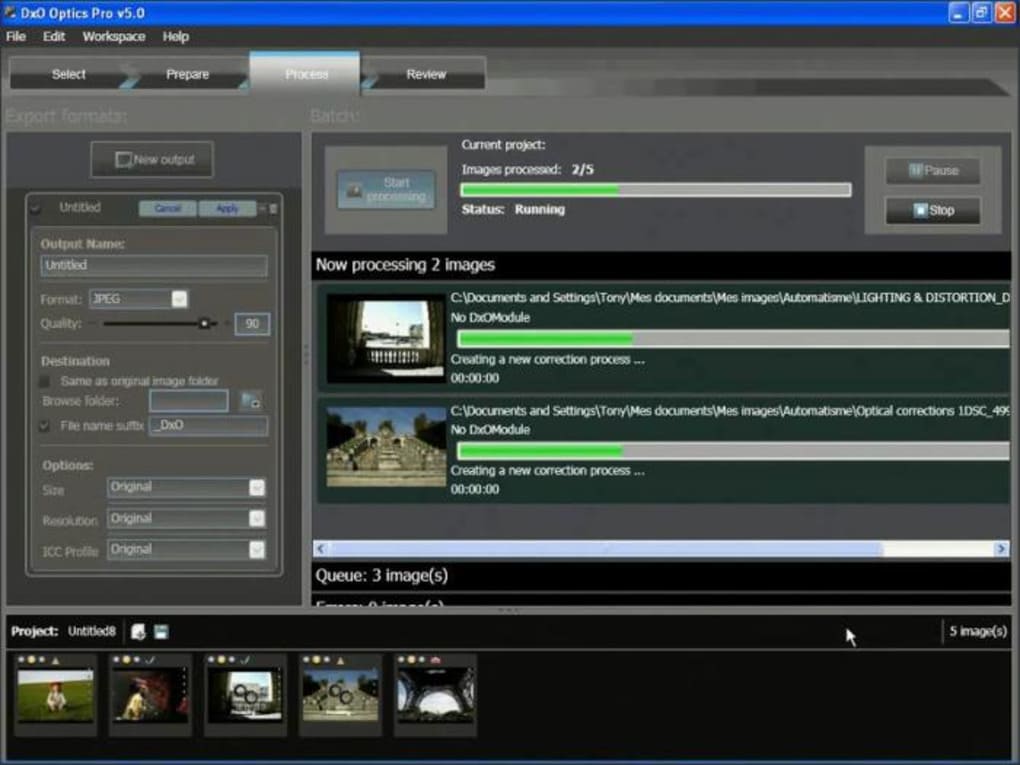

Correct distortions at the edges of the frame as well as vertical and horizontal perspective (see Case Study 2). And we've added some unsupported JPEGs to show what you can do with unsupported hardware, too. To illustrate that, we've chosen a few case studies over the past year to discuss after a brief tour of the software.
#Dxo optics pro 12 software#
With supported hardware, you'll find as we did that Optics Pro does for your images what no other software can. But you can apply some of the new features to any image. You'll still be able to go further quicker with supported hardware (one of the key benefits of Optics Pro, after all, is that it knows the characteristics of the sensor and lens). The latest version, however, brings many if not all of Optics Pro's power to JPEG images from any camera. And - at least up to v6.5 - you'd be wise to make sure your gear is supported before relying on it. DxO has released a flurry of Optics Pro upgrades in the last year (not reflected in the version number) to keep up with the new hardware - just as it promised. We're comfortable with that because all the cameras we use are supported by Optics Pro. So rather than thinking of Optics Pro as a competitor to Photoshop or Lightroom among image editing programs or as a competitor to Bibble or Camera Raw or Phase One among Raw file processors, we've come to think of it as competing with the image processor built into our cameras. On the other hand, Optics Pro doesn't do a lot of things you may expect of an image editing program. Optics Pro knows what's wrong with the image based on the sensor and lens used to create it, makes the edits it knows it can safely make to correct the image and leaves the rest to you. In other software, you first have to tweak the corrected image before taking flight with it. The advantage of DxO's approach is that you start your subjective image edits from an optimized image. Adobe Camera Raw and Lightroom now make room for lens data, but it's not quite the same thing as DxO's lens data. And until recently no other product relied on lens data either. No other image editing software (the general class to which Optics Pro belongs) relies on sensor data to guide its default, automatic edits.

And its approachable interface makes it easy for anyone to plum its depths, unlike a few other sophisticated tools we could (and have) mentioned.Īnd Optics Pro is deep. On the contrary, we've always found it straightforward. So once again, we postponed publication to cover the latest, greatest features.īut these delays are not a reflection of Optics Pro's complexity. No sooner had we completed our review of DxO Optics Pro v6.5 than DxO let slip it was just about done with v6.6.


 0 kommentar(er)
0 kommentar(er)
